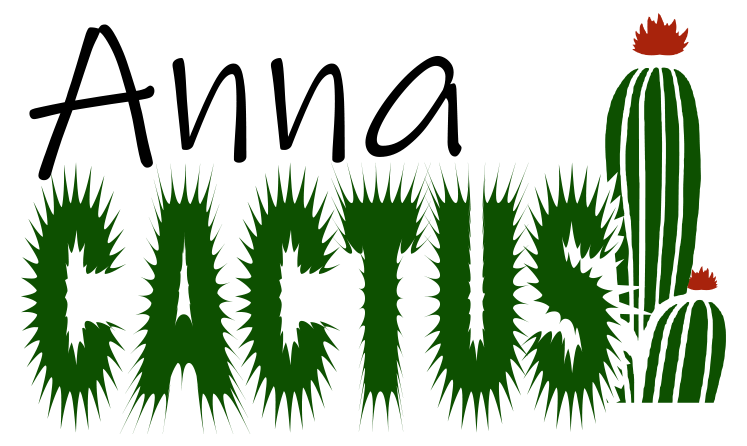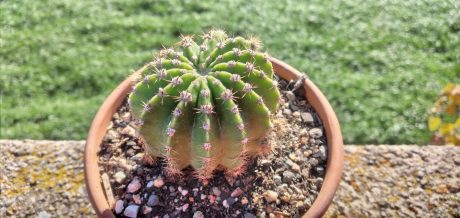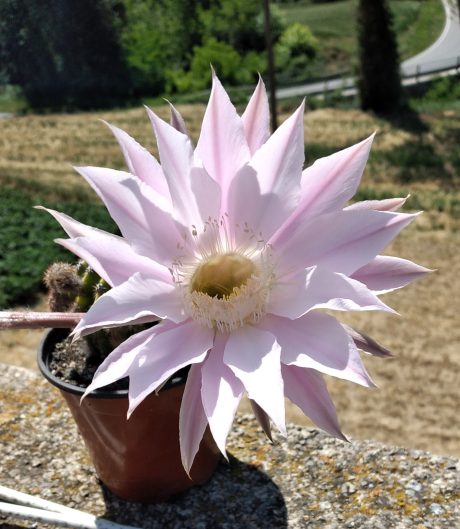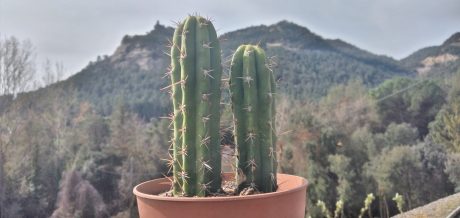Echinopsis Oxygona is a cactus native to Bolivia and is known by the scientific synonym Echinopsis Multiplex or by the common name sea urchin. It is a globular body cactus when young and it becomes columnar over the years and can reach thirty centimeters in height. Unlike some other species, this one has rather shallow roots, so it is important and interesting that you plant it in a rather broad, rather than deep, test, and, if you plant it in a test, it is convenient that it is ceramic.
The ribs are very marked, formed angularly and slightly flat from the protruding part. Each areole, which is white and slightly woolly, comes from five to fifteen light brown radial spines and four of the same color.
Now I tell you what I think is the most spectacular part of this cactus. Well, I’m talking to you like I could not be other than flowering. It occurs between spring and summer, and offers us beautiful tubular flowers, pink or white (or the mixture of the two) and protrudes up to twenty-five centimeters in height and fifteen centimeters in diameter. Also, if we smell the flower, we will also notice that it is perfumed. It must be said that there is something wrong with it, which is that it usually opens up at night, that is, it has a nocturnal bloom, and if, by bad luck, we are not aware of it, we lose it. The flowers can last from two to three days.
It prefers direct exposure to the sun, especially in the early hours of the day, then it can live in semi-shadow. Surprisingly, they resist up to ten negative degrees on condition that the substrate is completely dry and there is no high humidity. The irrigation must be moderate during flowering time, so I recommend that you water it every fortnight in the spring, once a week in the summer and once a month in the autumn. Stop bringing water to winter, as it will pass through a winter rest period.
Finally, it can be attacked by cottony mealybug or fungi if there is excess water and, in addition, rots can also be produced.










Reviews
There are no reviews yet.